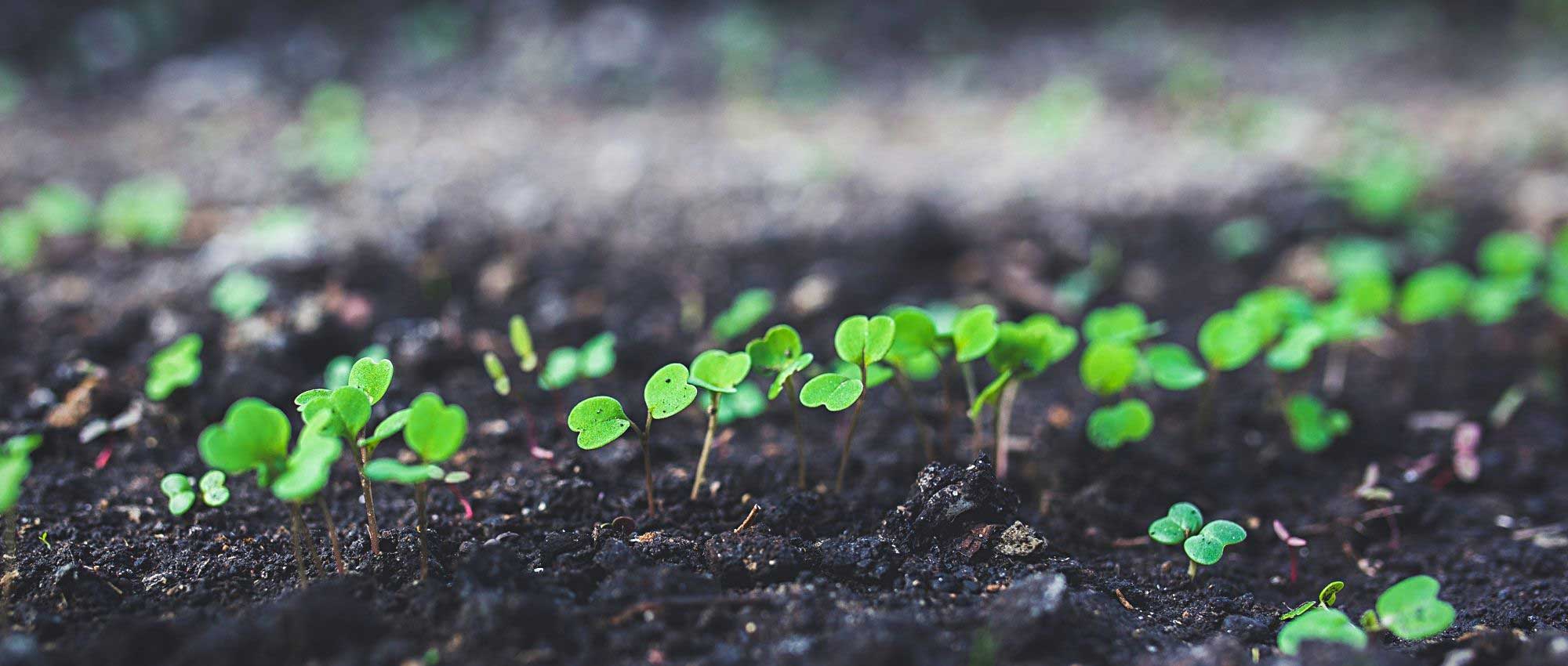
How to sow seeds on seed tape?
Our tips!
Contents
Seed tapes are pre-sown seeds placed between two thin layers of biodegradable fibres. They are thus spaced at regular intervals. The same principle can also be found in disc form, which makes them better suited to sowing in pots. There are also seed tapetums (generally with flower seeds): larger than ribbons, they can be used to create flower beds or to make balcony boxes and planters. Discover all the benefits of seed tapes and how to use them!
Why sow seeds on seed tape? What are the advantages?
Small seeds are difficult to handle and space correctly. They are often sown too densely. Later, seedlings will need thinning to give them room to develop properly.
The seed ribbon technique provides seeds ready to sow, with ideal spacing between them. Thus when they grow, seedlings will have enough room to develop, and thinning will not be necessary later. By contrast, when sowing small seeds individually, they are often placed too close together: young plants may hinder each other and be less productive.
Also, with traditional sowing, more seeds than necessary are often used, whereas seed ribbons contain the ideal quantity of seeds to sow along a line.
The seed ribbon technique is also well suited to children, to introduce them easily to gardening. Use ribbons, seed tapeta or seed discs to write or draw plant motifs, cutting them and placing them as desired. Seed ribbons make sowing more playful, simpler and quicker. If you have a long length to sow with very fine seeds, seed ribbons will save time! They will spare you long periods crouching in the garden and a sore back.
For beds or window boxes, use flower seed tapeta (wider than ribbons). They are very easy to shape by cutting with scissors, allowing precise definition of bed and flower placement.
Similarly, when watering seeds sown in the traditional way, water can carry them away as it runs off, displacing them from their intended position. With seed ribbons, seeds are held in place and are not likely to scatter.
Seeds are also protected from birds by biodegradable paper. There is less risk of them being eaten!
Moreover, because the paper is biodegradable, it will decompose naturally on contact with irrigation water, without polluting the soil.
Main drawback of seed ribbons is that they cost a little more than simply buying seeds. So discover how to make your own seed ribbon with Ingrid’s tutorial
To summarise, here are advantages and disadvantages of seed ribbons :
| Advantages | Disadvantages |
| – Sowing is easier and quicker, especially for small seeds that are difficult to handle
– This technique saves seeds by limiting waste: it avoids sowing more seeds than necessary – This technique is ideal for gardening with children – Seeds are protected from birds and insects – They remain in place and are not displaced by water when watering, for example – Seedlings have more space to develop – Thinning young plants is generally unnecessary |
– Cost is higher
– Technique requires sowing in rows and removes freedom to sow in other patterns – Seed ribbons are suitable for small areas, but less suited to large gardens. |

Sowing a carrot seed ribbon (photo Wargo / Gavin Anderson)
Read also
Sowing vegetable seedsWhat type of seeds can be sown using seed tape?
Seed tapes are very handy, especially for small seeds that are difficult to handle!
Seed tapes are particularly useful for vegetable gardens: radishes, onions, lettuces, carrots, turnips, spinach, leeks… They allow seeds to be spaced sufficiently and give future young plants room to develop. Conversely, if young plants in vegetable gardens are sown too densely, harvests may be reduced.
They are also used for herb seeds (basil, chives, parsley…). Seed tapes for flowering plants are also available, intended for borders and window boxes.
Seed tapes are also handy for sowing assortments of seeds together: mesclun and young shoots (for example, lettuce, spinach, lamb’s lettuce, rocket…), herb mixes, wildflower meadow mixes, flower mixes for window boxes, etc.
Discover other Vegetable seeds
View all →Available in 1 sizes
Available in 1 sizes
Available in 1 sizes
Available in 1 sizes
Available in 1 sizes
Available in 1 sizes
Available in 1 sizes
Available in 1 sizes
Available in 1 sizes
Available in 1 sizes
How do I do it?
- Begin by preparing soil, as for a classic sowing: loosen soil with a broadfork or spading fork, break up clods, remove large stones if any, and remove roots of weeds. Rake to refine and level soil.
- Dig a small furrow, the width of the tape. It should not be too deep (generally no more than 2 cm deep).
- Unroll and lay the seed tape along the bottom of the furrow, ensuring it lies flat. Cut to desired length.
- Cover with a fine layer of compost, and firm down.
- Water generously.
The technique is similar for seed discs or seed tapetum. Discs are convenient for sowing in pots, and seed tapes are ideal for creating flower beds or planters.
You can also make your own seed tapes.
- Subscribe!
- Contents
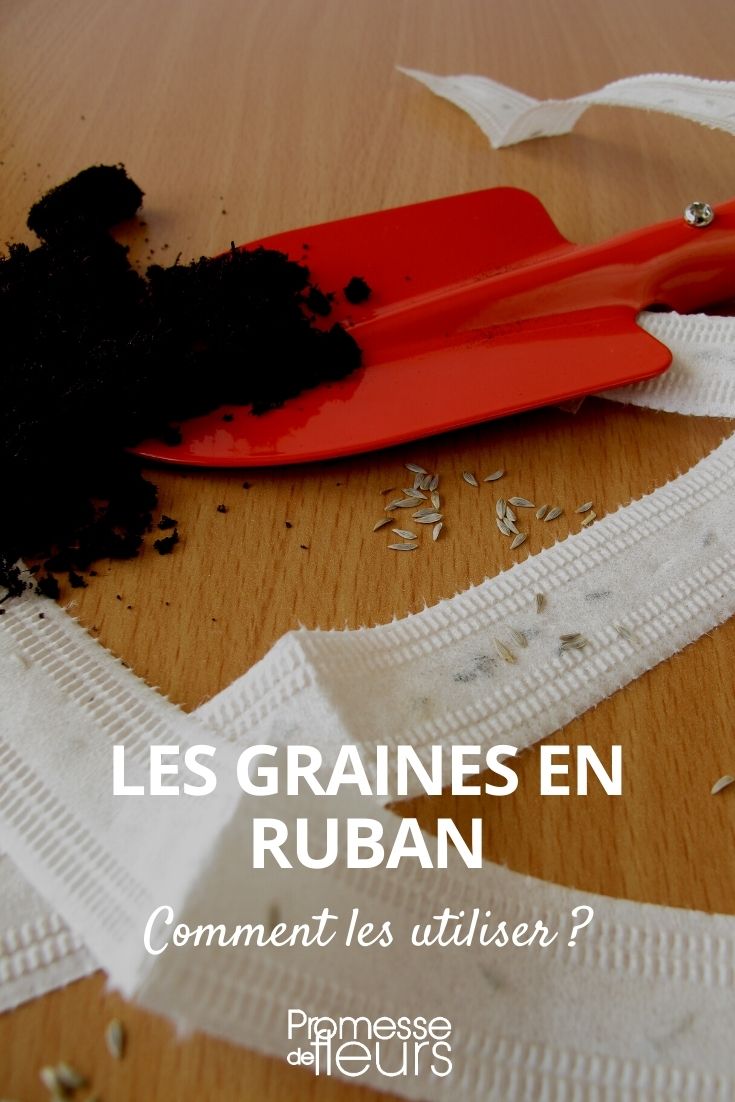































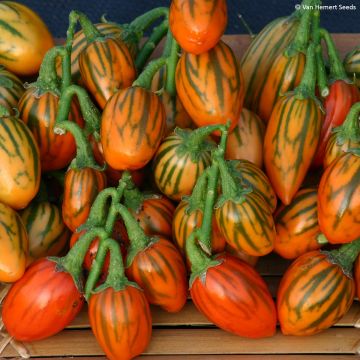

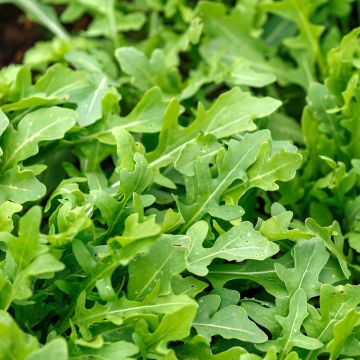
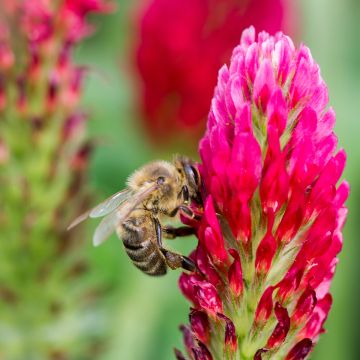
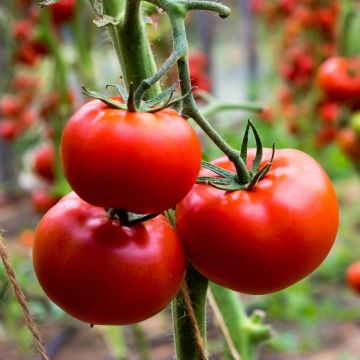
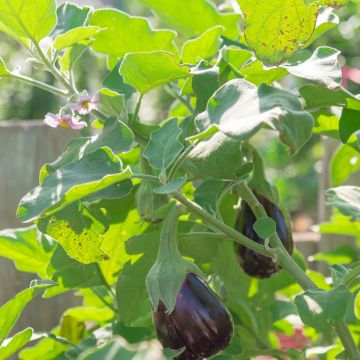
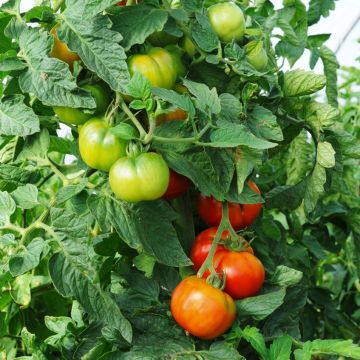
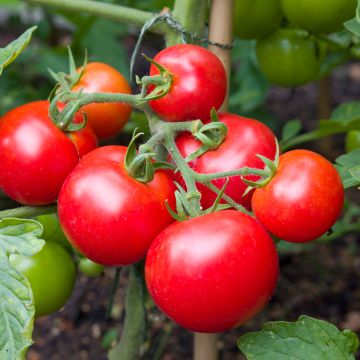
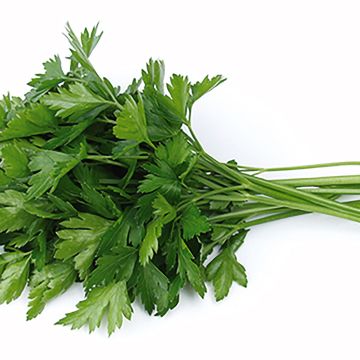
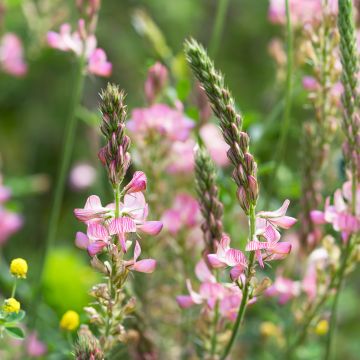
Comments